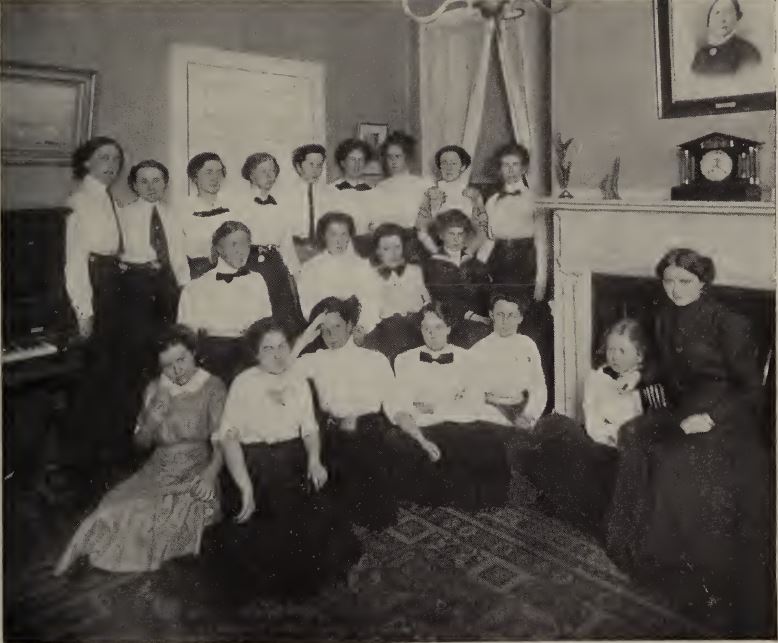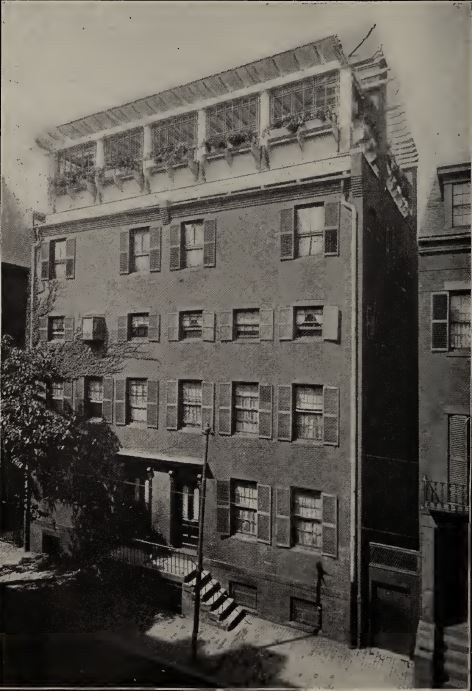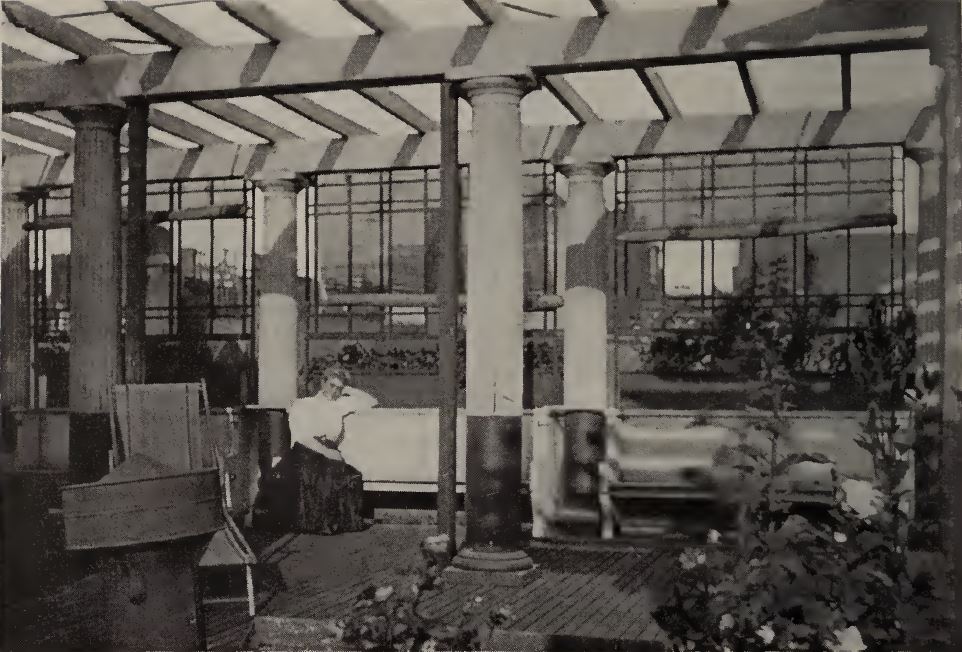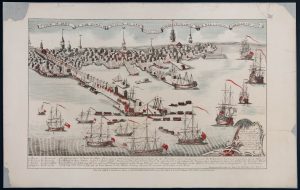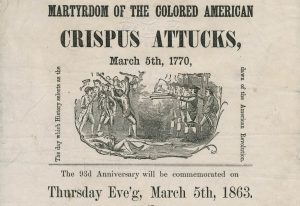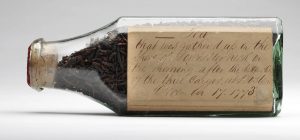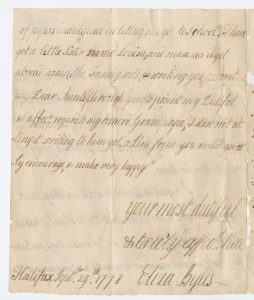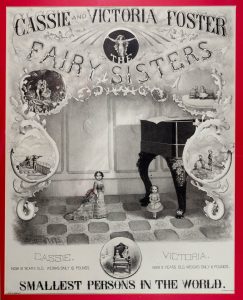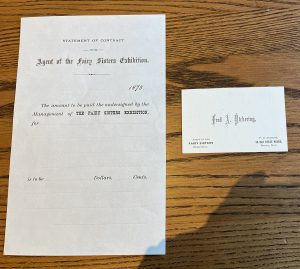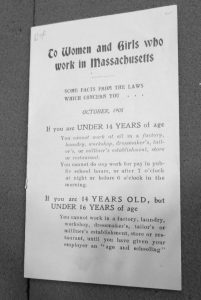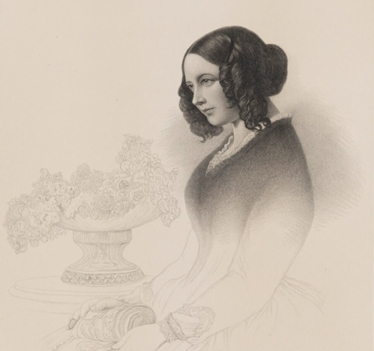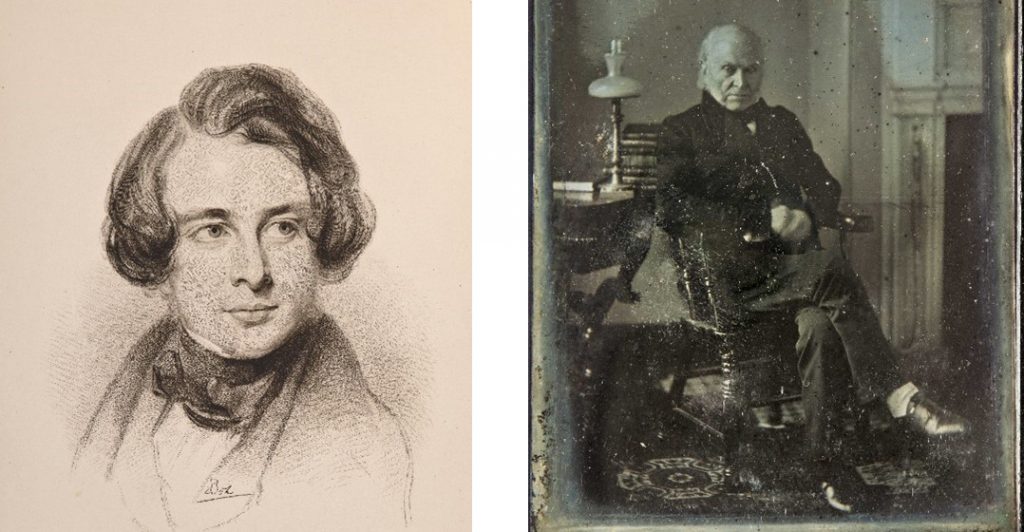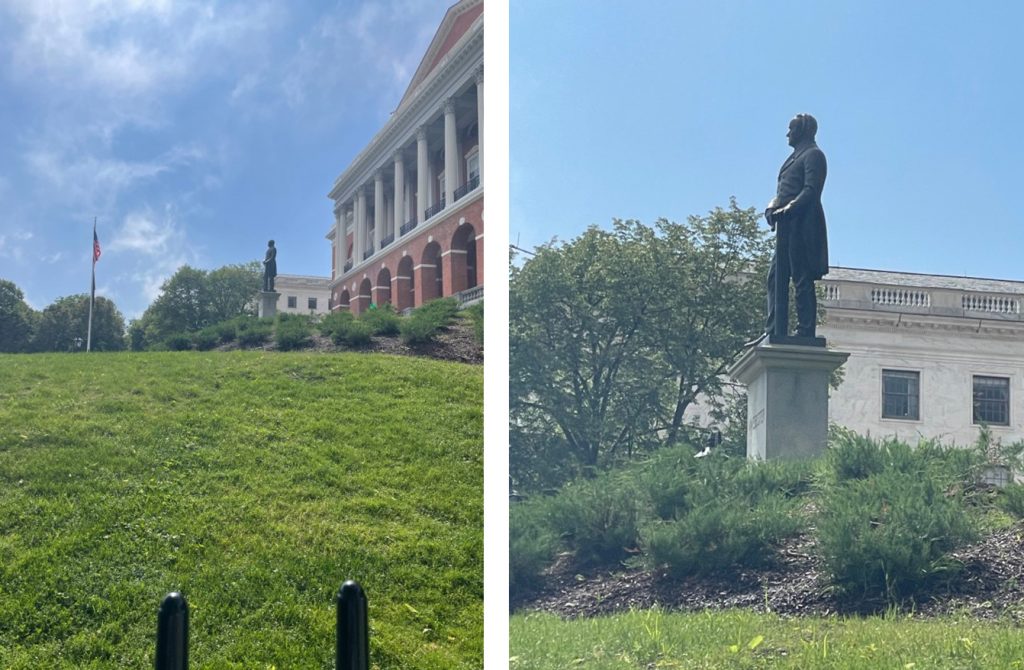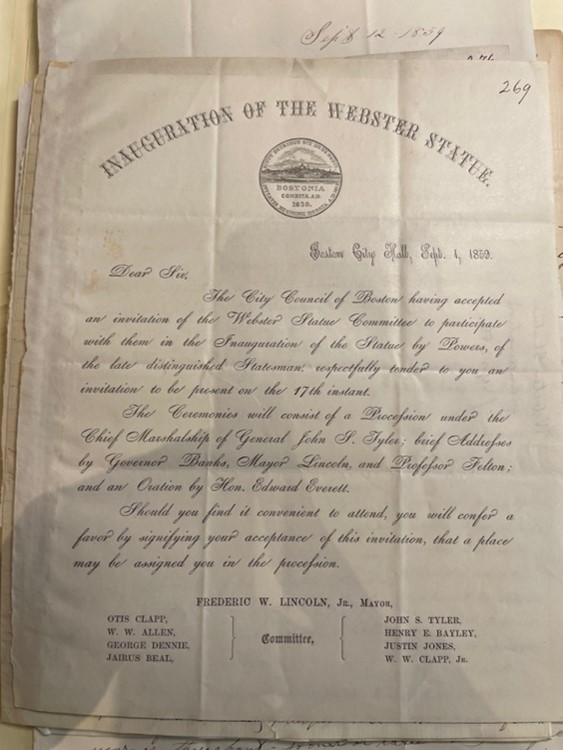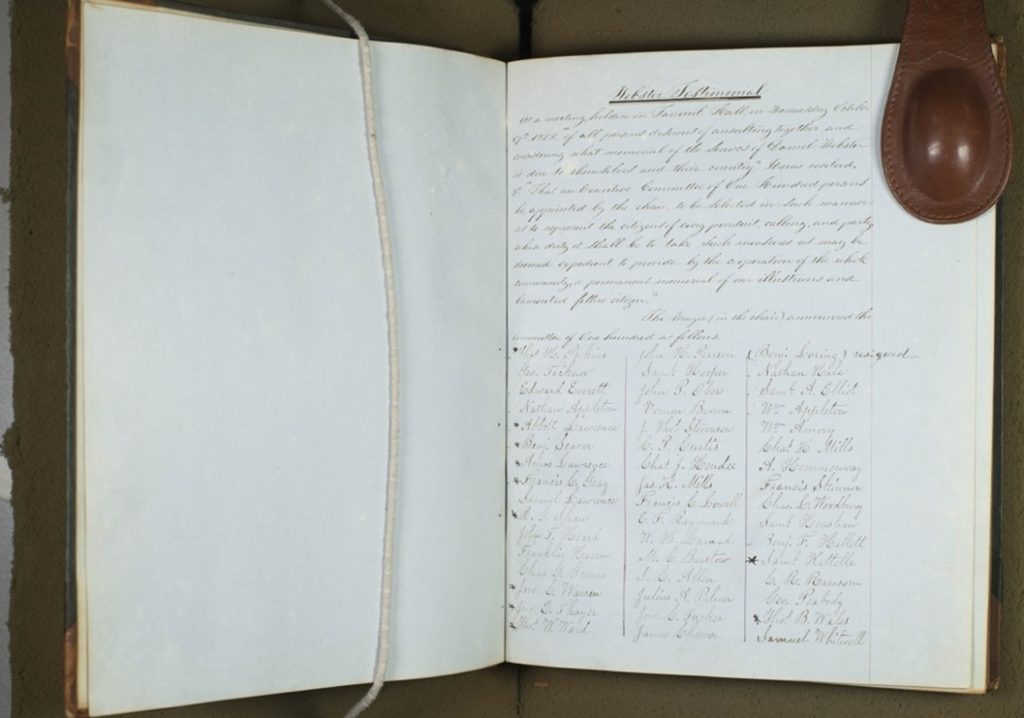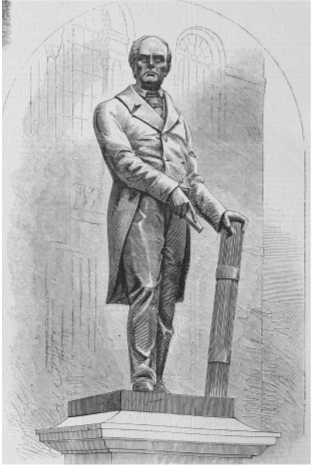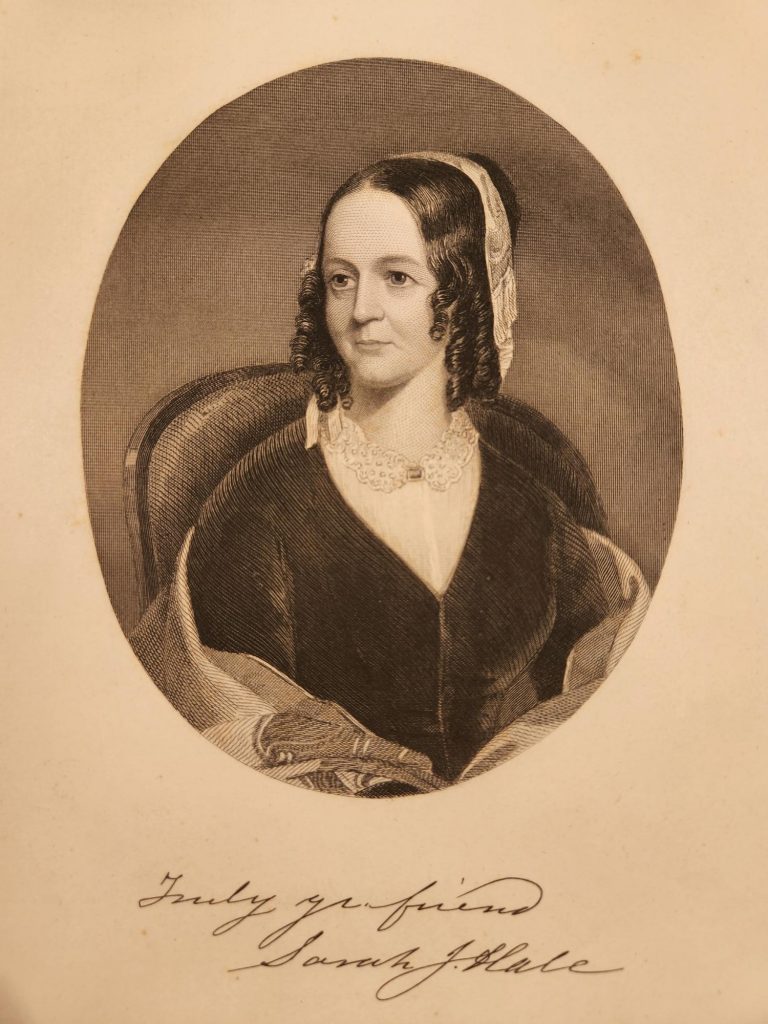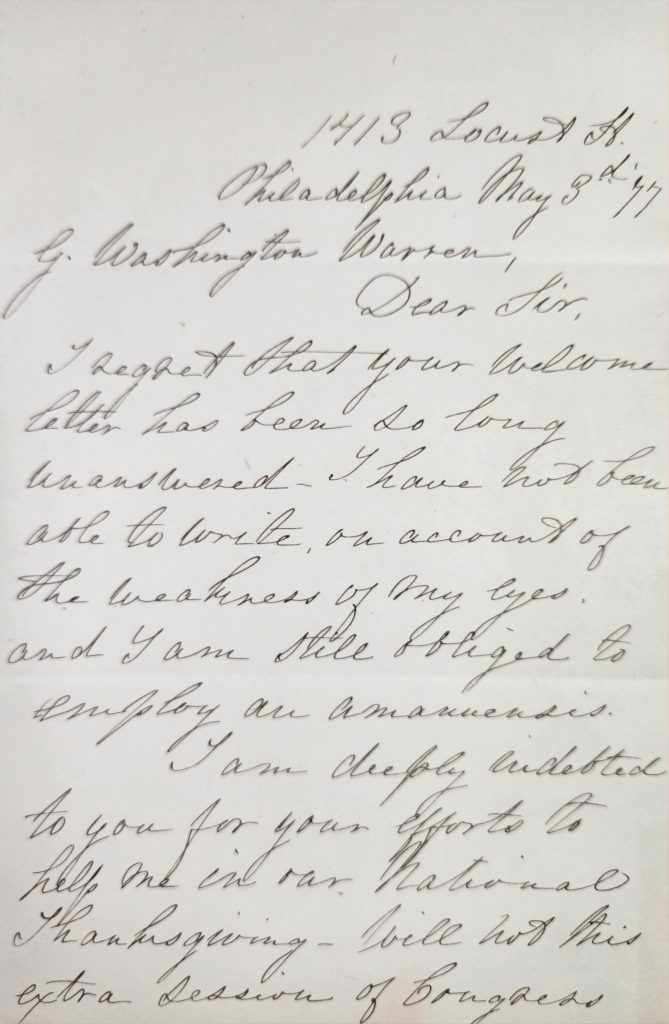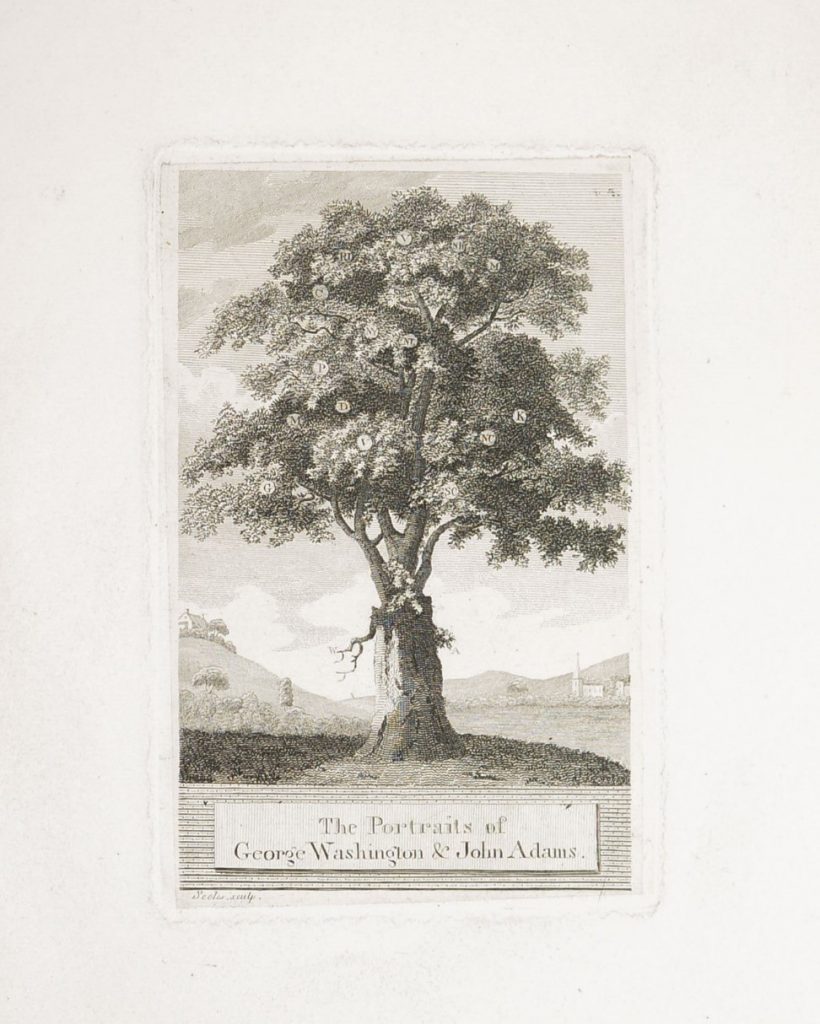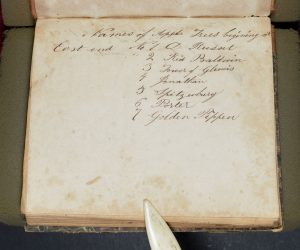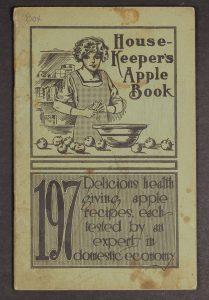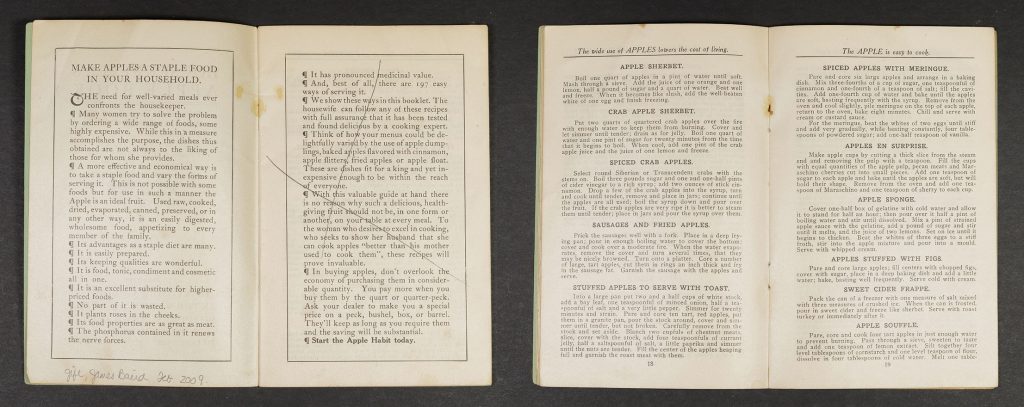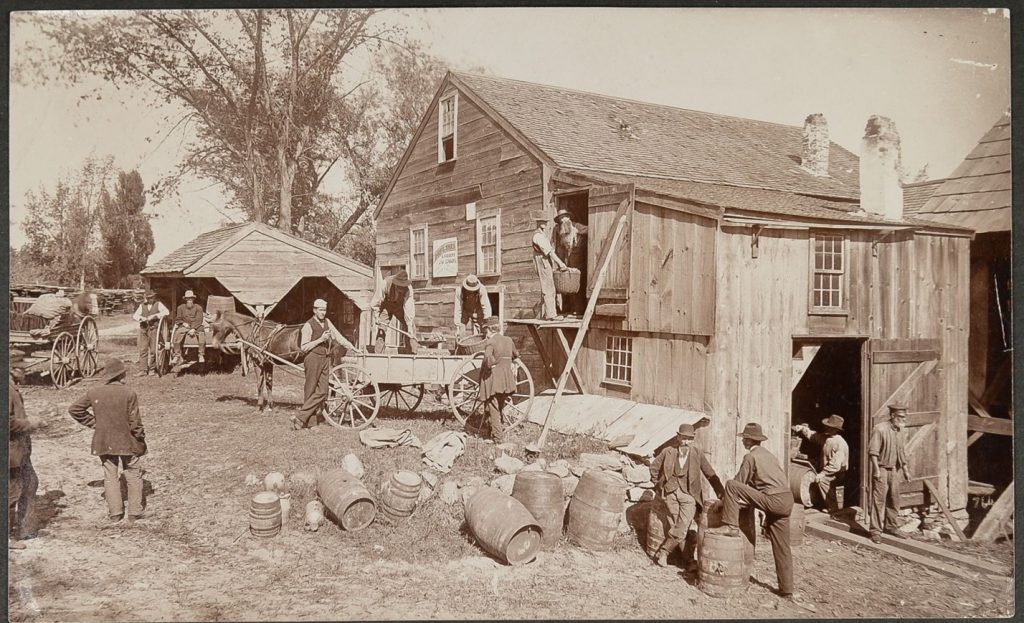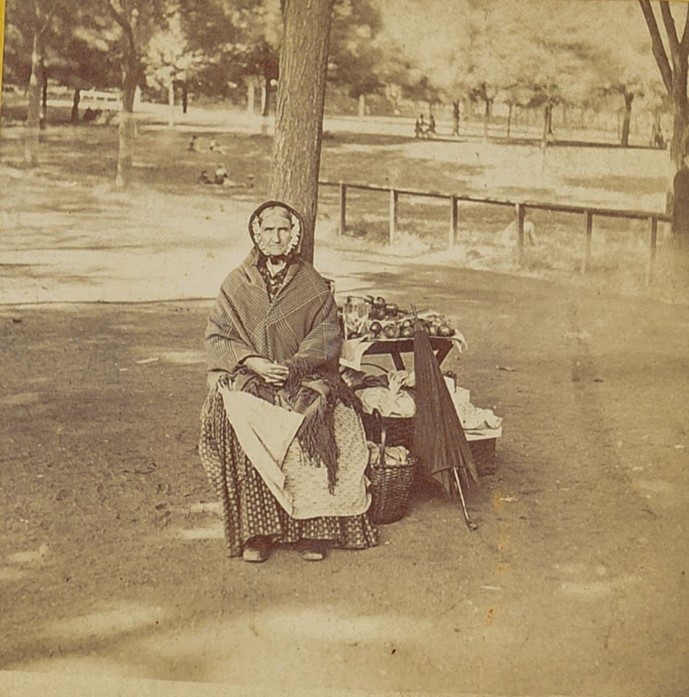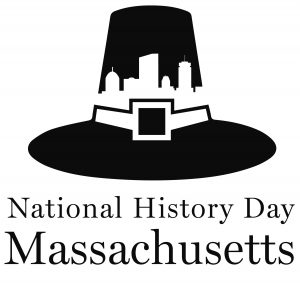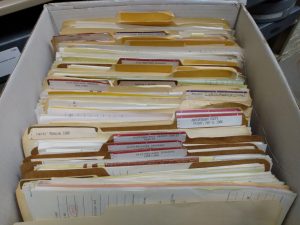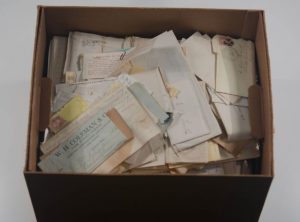By Michael Khorshidianzadeh, Kass Teacher Fellow, and Kate Melchior, Associate Director for Educator Engagement and Outreach
Every year, the MHS awards the Kass Teacher Fellowship to a K-12 educator to offer them an opportunity to do a deep-dive into a research topic of their choice. Fellows spend 20 days researching in the MHS archives, receiving a stipend of $3,000 and delivering a final report on their findings. Applications for 2024 Teacher and Student Fellowships are now open: learn more and apply at www.masshist.org/teacher-and-student-fellowships!
In 2023, Michael Khorshidianzadeh of the Victor School in Acton, MA was awarded a Kass Fellowship to pursue research into the Massachusetts home front during World War. Michael discovered so many amazing primary sources that we will share his findings in several blog posts. Read excerpts from Michael’s research experience and his findings at the MHS:
Massachusetts During the Great War: Pacifists, Activists, and People
A collection of record papers, diaries, journals, ephemeral memos, and a scrapbook meant to lend a hand to the future gathered together from the archives of the Massachusetts Historical Society all combined into a time machine for me during this research process. I felt part time-traveler and part detective. […] Knowing the larger story sometimes filled me with immense grief because I knew some of their hopes for the future would not come to fruition. Other times, I took joy in just reading about their daily lives as they happened.
Homefront Diaries
I explored 4 journals by Lady Gertrude Codman Carter and they are wonderful in terms of scope, detail, and arrangement. Lady Carter was an architect, artist, and feminist. She was born in Boston on February 6th, 1875 to a well-established moneyed Boston family and died there on November 12th, 1953.
The first journal I reviewed begins with newspaper articles from the beginning of the war. She clipped an article from the Daily Mail titled “General Nogi’s Prophecy” which states the war “will be the last in Europe for many a day, perhaps forever. German states will emerge from this so exhausted and so terrified that they will have no other object than to form some sort of condition that may in the future obviate the recurrence of any such catastrophe.”
Lady Carter’s journals are full of heartfelt, humorous, and tragic observations about life in Massachusetts during the World War I era. Often she would draw her family in cartoon form to illustrate what she was writing about or feeling at the time[:]
Lady Carter attended many lectures to raise money for those who were impacted by the war.
A series of images of her family traveling to the cape. Her dog was named Mrs. Codman and she wrote she was a “Suffrage Dog” which indicates she was for the Women’s vote.
[Here Lady Carter] detail[s the] story of the death of Gilbert Carter. She states that his mother knew almost by telepathy before the message came that her son was hurt and that she also knew he was going to die soon. […] She wrote under the “In Memory” card “ To-day should have alas had a dark cloud had I known it for the war was to cast yet another shadow on our lives.
[Another woman,] Clara Currier’s diaries, provided me with a day-to-day account of what a seemingly everyday young woman experienced while living in Massachusetts. […] Currier spent a lot of time during the war canning vegetables and fruits and knitting or sewing for the Red Cross.
I looked for when the war ended to see if she wrote anything […] The entry surprised me because it started simply “A pleasant day World War ended at 6 a.m and peace declared. Big celebration but couldn’t go out. Went to a bean shelling at Bert Merrills (sp?) and had a nice time. 40 were there and we had coffee, sandwiches, cake and pickles for treat. John+Mabel’s 10 wedding anniversary.” The next entry was about her crocheting. I don’t know what I was expecting […] to some people, major historical events are just another Monday. She was glad the war was over and that was about it.”
Stay tuned for Part II of Michael’s research findings, where he explores competing advocacy for peace and military preparedness efforts, and how agencies collected supplies to assist those in need.
Citations:
Carter, Gertrude Codman Lady. 1914. “Lady Gertrude Codman Carter diaries, 1915-1920.” Call Number Ms. N-2246 Vol. 1.
Carter, Lady Gertrude Codman. n.d. “Lady Gertrude Codman Carter Diaries 1915-1920.” Call Number # Ms. N-2246 Vol. 2-3.
Currier, Clara E. n.d. “Clara E Currier Diaries, 1918-1932.” Call number # Ms. N-2570 3 Vols. in 1 narrow box.


